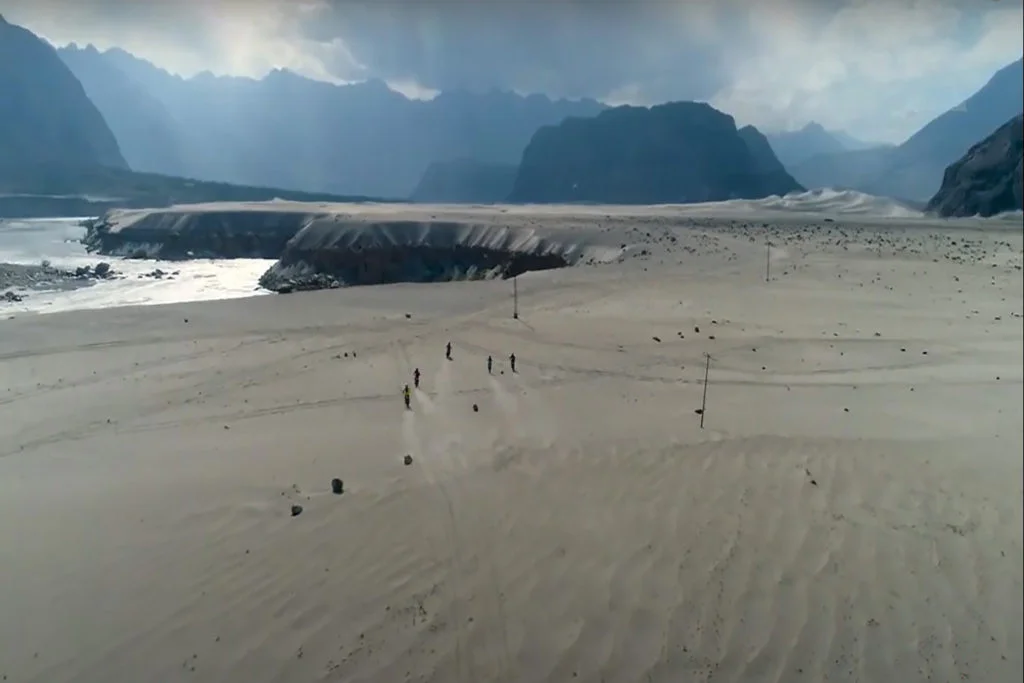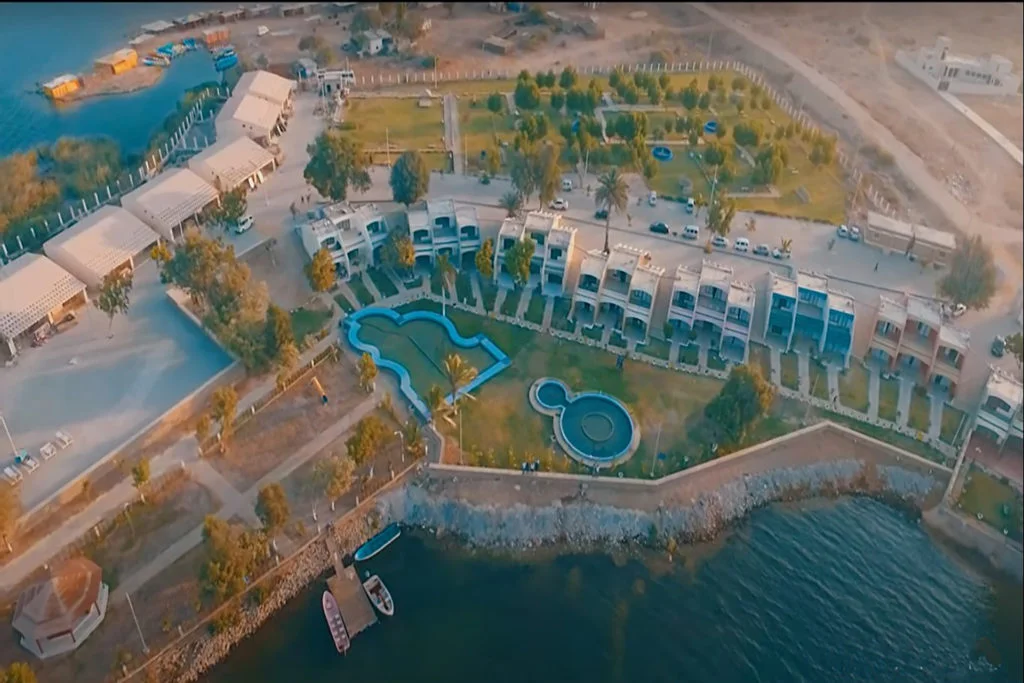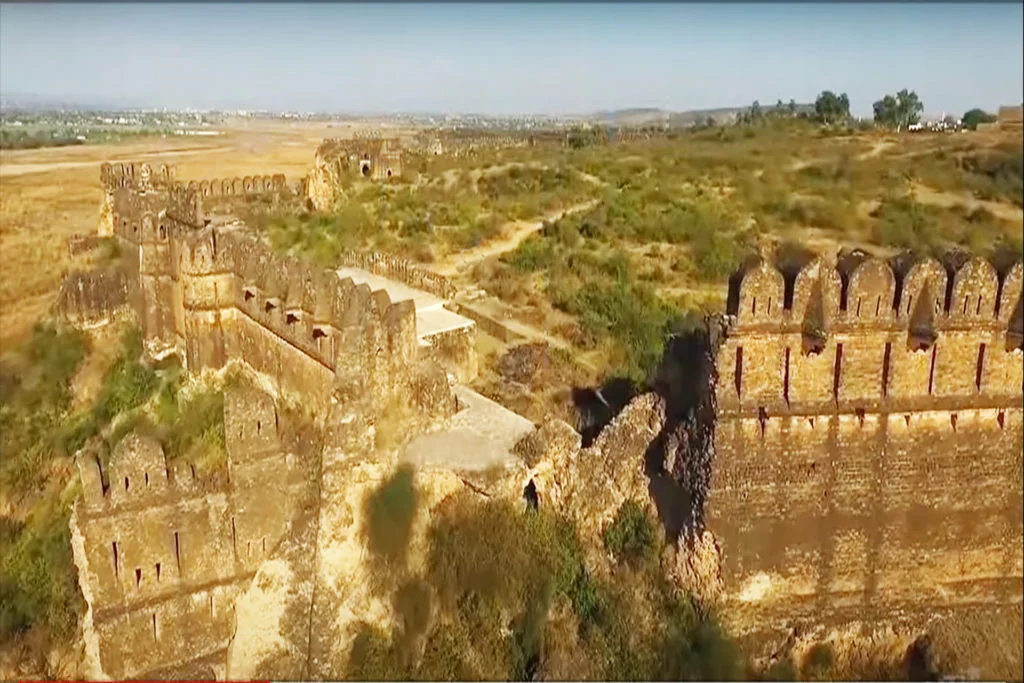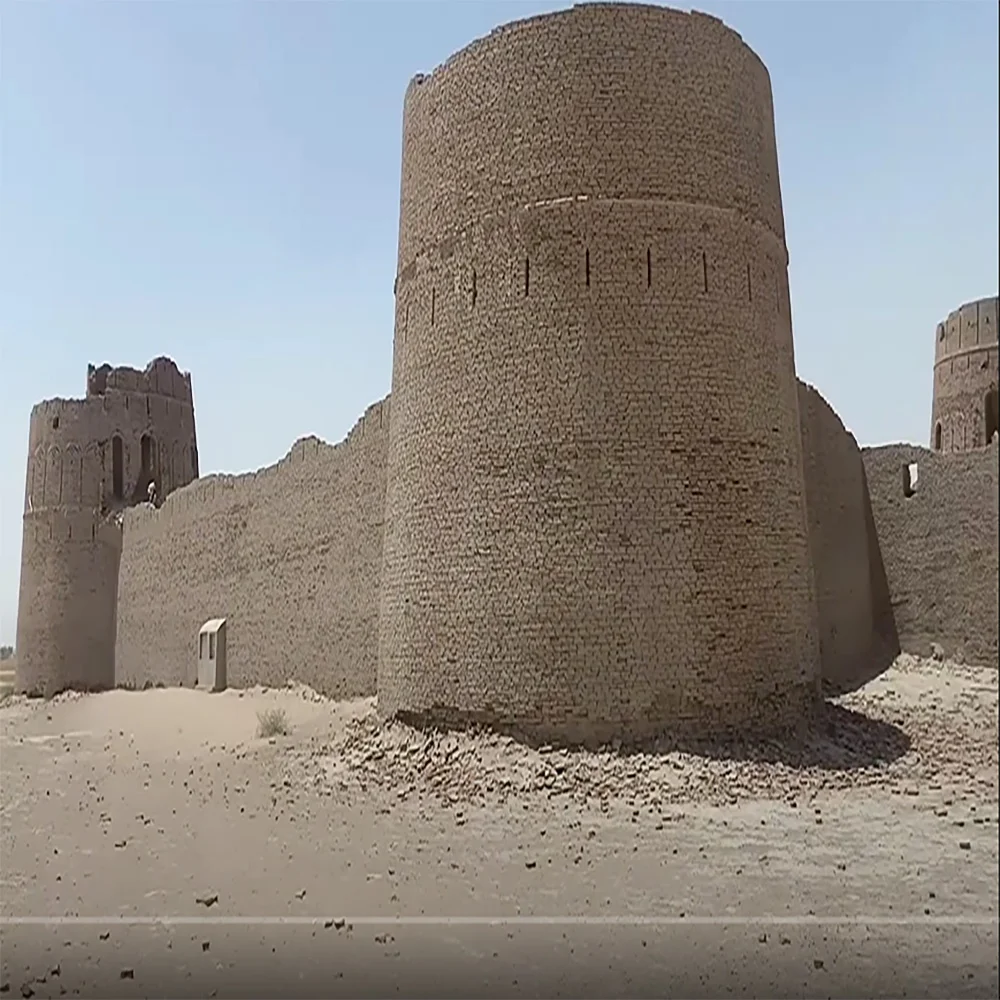Ayers Rock Australia, also known as Uluru, is a large sandstone rock formation located in the Northern Territory of Australia. This iconic landmark is a UNESCO World Heritage site and a significant cultural and spiritual site for the local Anangu people.
Formation and Geology of Ayers Rock Australia
Ayers Rock Australia was formed around 600 million years ago when sand and sediment were deposited at the bottom of an inland sea. Over time, the sediment was compressed and cemented together to form sandstone. As the surrounding area eroded, the sandstone was exposed and began to weather and erode, creating the unique shape of Ayers Rock.
The rock is approximately 348 meters high, with a circumference of 9.4 kilometers. The surface of the rock is smooth and curved, with deep fissures and gorges caused by weathering and erosion over millions of years.

Cultural Significance of Ayers Rock, Australia
Ayers Rock Australia is a significant cultural and spiritual site for the local Anangu people, who have lived in the area for over 30,000 years. According to Anangu mythology, the rock was created by ancestral beings during the Dreamtime, a period when the world was created by the actions of mythical beings.
The Anangu people believe that Ayers Rock Australia is a sacred site and that certain areas of the rock are off-limits to visitors. They ask that visitors respect their culture and traditions by not climbing the rock, taking photographs in certain areas, or disturbing the natural environment.
What is special about Ayers Rock, Australia?
Ayers Rock, also known as Uluru, is a special landmark for several reasons:
Cultural Significance: Ayers Rock is a significant cultural and spiritual site for the local Anangu people, who have lived in the area for over 30,000 years. The rock is considered a sacred site and is associated with many ancestral stories and traditions.
Unique Geology: Ayers Rock is a large sandstone rock formation that was formed over 600 million years ago. Its unique shape and features were created by millions of years of weathering and erosion, resulting in a smooth and curved surface with deep fissures and gorges.
Natural Beauty: The rock’s red color and unique shape make it a stunning natural attraction. Visitors can watch the sunset over the rock from designated viewing areas and take guided tours of the surrounding area, including the Kata Tjuta rock formations.
Wildlife: The area around Ayers Rock is home to a diverse range of plant and animal species, including kangaroos, wallabies, and emus. Visitors can learn about the natural environment and the significance of these species to the local culture.
Tourism
Ayers Rock is one of Australia’s most popular tourist attractions, attracting around 400,000 visitors each year. The rock is located in the Uluru-Kata Tjuta National Park, which covers an area of over 1,300 square kilometers.
Visitors to the park can take guided tours of Ayers Rock, walk around the base of the rock, and watch the sunset over the rock from designated viewing areas. Visitors can also take guided tours of the surrounding area, which includes the Kata Tjuta rock formations, and learn about the cultural and natural history of the area.

Controversy about Uluru, Australia
The issue of climbing Ayers Rock has been a contentious issue for many years. While the Anangu people ask that visitors not climb the rock, climbing Ayers Rock remains a popular activity for many tourists. In 2017, the Anangu people voted to ban climbing on the rock, citing safety concerns and the cultural significance of the site.
The ban on climbing Ayers Rock Australia came into effect in 2019, and visitors are now prohibited from climbing the rock. However, visitors can still walk around the base of the rock and take guided tours of the surrounding area.
Why is not it called Ayers Rock anymore?
The rock formation known as Ayers Rock was renamed Uluru in 1993, following a request by the local Anangu people who consider the rock to be a sacred site. The Anangu people have lived in the area for over 30,000 years and have a deep spiritual and cultural connection to the rock.
The name change was also part of a broader movement to acknowledge and celebrate the cultural heritage of Indigenous Australians. The renaming of Ayers Rock to Uluru Australia was part of a series of changes made to recognize the traditional names of landmarks and places throughout Australia, including the renaming of other landmarks such as Mount McKinley in Alaska, which was renamed Denali in 2015 to reflect the wishes of the local Indigenous people.

Ayers Rock is an iconic landmark and a significant cultural and spiritual site in Australia. While the rock is a popular tourist attraction, it is also a site of great importance to the Anangu people, who ask that visitors respect their culture and traditions by not climbing the rock. With the recent ban on climbing, visitors can still experience the natural beauty and cultural significance of Ayers Rock in a respectful and responsible manner.







